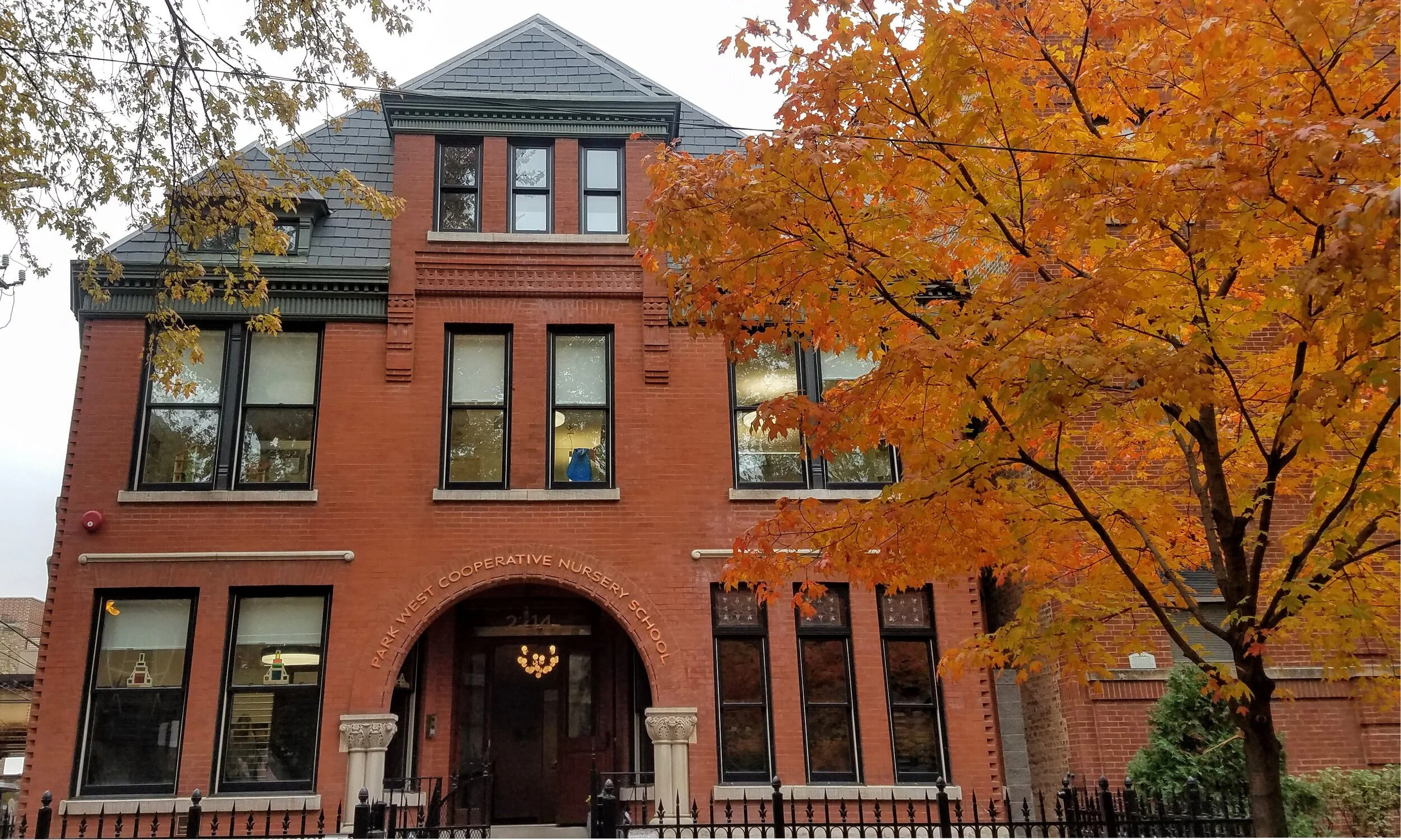Next week we begin the two-week break and so it is good to prepare you for the quite natural possibility that the return to school, even for the most confident, may get a little rocky.
Along with a lot of days off from school, you may find over the break that your home life routine is disrupted as well, with heightened celebrations, activities and indulgences. Many loved ones showering attention, relaxing structures and of course providing lots of extra treats. Therefore, getting back to the predictability of everyday life is often something we all want to resist. Accordingly, our expectation for kids to independently and happily resume school life is one they often want to remind us is unreasonable.
So you might think, here we go back to scratch and the beginning of the year. We need to start separation again. Not really. Remember when we described separation as a lifelong process? Well here is an example of a mini episode in that process. In the fall your kids knew nothing about the space, the adults, the kids, the routine of the day, the expectations. That is no longer the case at all. Now they have laid the groundwork for constructing the experience. On varying levels they now move independently in that space, trust and engage with the adults, play, negotiate and disagree with the other kids, remind each other of the routine of the day, and anticipate the expectations. And we encourage you over the break, to reinforce and converse with kids about the school experience, the people, the activities and the times of day. Reassure them that school will be starting again soon and that it will be the same. For some, a condensed calendar format for the countdown until school starts can prove useful.
Practically speaking this means you can have confidence in their ability to return to Park West without you, even if they're making a big fuss. And it will help them enormously if you convey that confidence when you're bringing them into school. It's understandable that adults may be taken by surprise and just react with their own variety of dismay when their kid dissolves in the early morning rush, but your composure in these moments often provides the lifeline your child is looking for. The first week back, for example, is not a good time to attempt your first curbside drop off. If you happen to be among those who already hand your child off outside, it's a good idea to decide beforehand if you really have time to walk your child into school. Are you parked in the loading zone? Are you late for work? If you think it's going to create more tension, remember there are adults at the door ready to help. A confident goodbye sooner is often preferable to a harried one later.
While you are walking your child into the building keep these points in mind. If they are clinging, go ahead and hold their hand. "Let's hold hands. We'll go in together."
When there are days that you decide to accompany a reluctant child into the room, don't be surprised if they initially regard us with wary or even hostile looks, we may be perceived as interlopers at that moment. Just continue and take them through the motions of hanging up their coat. You can point out their picture on the name card and their cubby, both designations of their own space. This can create a concrete transitional moment from home to school.
If you continue on to hand washing, don't be surprised if kids who were previously independent suddenly want help from their chaperone. In these instances furtive looks may continue. Instead of urging them to go with us, take the cue and reassure them you'll stay with them while they wash. Teachers are not put off or offended by these moments. On the contrary, we appreciate your helping your child towards a smoother transition from home to school. If you are unable to wash hands with your child before leaving, then hand off to a teacher with confidence. Make the goodbye clear and emphasize that teachers will help them. Most kids get over teary goodbyes in seconds.
Keep in mind always however, that most kids cry sometimes. It's a natural response to the strong affection and bond you share with one another. The main point is, even on days when kids are opposed, they know us well enough and even trust us well enough that once you've left they get engaged. So you may want to help them to choose an activity to settle into, but after that, even if you can stay longer, please don't, because in a different way, that can undermine your kid's own self confidence. Of course we will try to be alert and sensitive to your moment of departure, but if teachers seem otherwise occupied it's a good idea to go ahead and alert us. All of us working together will make the experience a little clearer and a little smoother for your child. Thank you for all your help.
Thank you for the showering of appreciation and the generous gifts this holiday season. We feel so very loved.
We hope everyone has a happy, healthy break! See you in 2023!!

















































































































































































